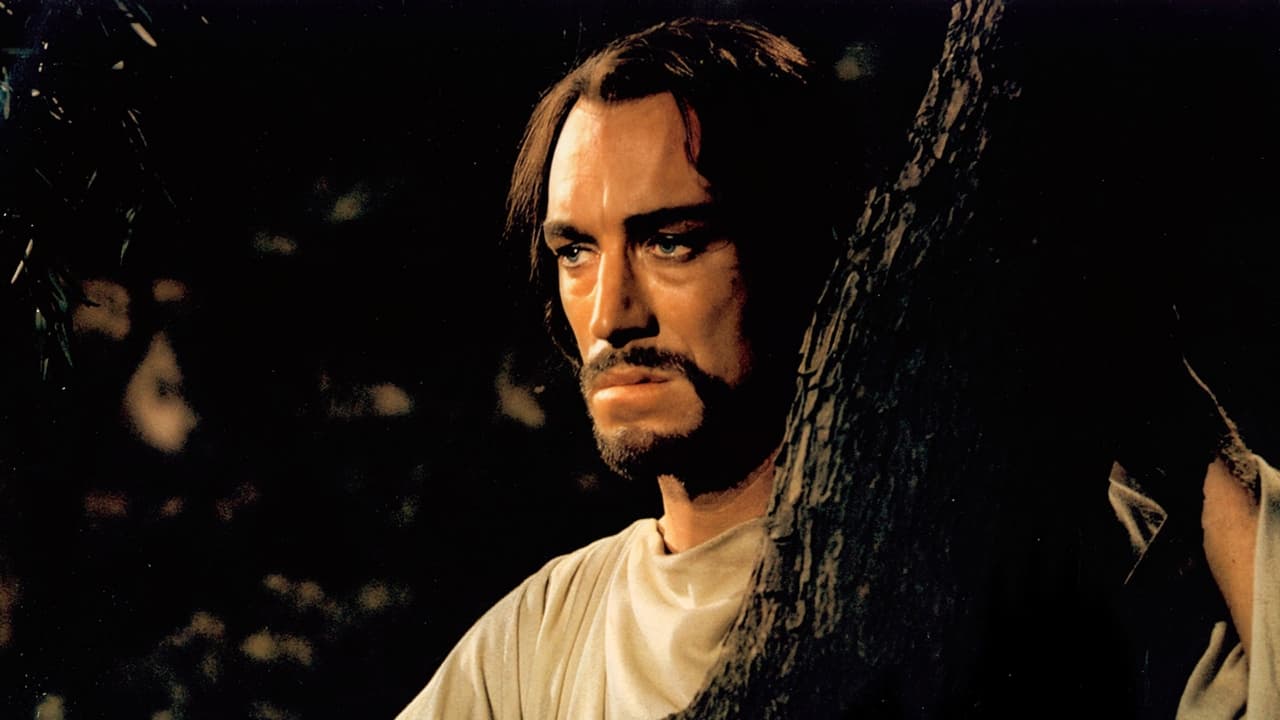The Greatest Story Ever Told: A Cinematic Testament
Revisiting cinema classics is much like opening a time capsule—each experience is unique, filled with the whispers of history and a sprinkle of nostalgia. The Greatest Story Ever Told, directed by the illustrious George Stevens, is the very essence of such memories captured on film. Released in 1965, this film is a layered biography, drama, and history fusion that delves deep into the life and teachings of Jesus Christ. Here is a movie review that digs beneath the surface, exploring the cinematic elements that make this epic flick a must-watch for history buffs and film lovers alike.
A Grand Narrative from Creation to Resurrection
Spanning the transformational life of Jesus Christ, The Greatest Story Ever Told embarks on a biblical journey from his humble birth to the ultimate resurrection—a tale as old as time, told through the lens of cinema. The film doesn’t just recount stories; it animates the gospel into a spectacular procession of moments that are both divinely crafted and humanly relatable. The grandeur in its storytelling is like a majestic painting unfolding scene by scene, which is both enlightening and thought-provoking. If Leonardo Da Vinci had a camera for the Sistine Chapel ceiling, it might have looked something like this!
Max von Sydow Steers the Divine Ship
As the serene and solemn Jesus, Max von Sydow brings a gentle yet commanding presence to the screen. His portrayal is more than just a role; it’s an embodiment of grace projected with poise and depth. Surrounded by noteworthy actors like Michael Anderson Jr., Carroll Baker, and Ina Balin, the cast performs what seems like a play within the walls of history itself. The ensemble’s chemistry never falters, turning biblical texts into powerful dialogues and dramatic renditions. However, not all is heavenly—the pace often limps, turning some grand moments into sluggish plods. The screenplay, among its numerous writers including talented ones like Fulton Oursler and Henry Denker, occasionally pulls the curtains on dreams way too early. But hey, even masterpieces have their chipped edges!
Cinematography: A Spiritual Canvas
In terms of cinematography, this film dabbles with landscapes as vast and infinite as the existential queries it raises. You'd almost expect the Ghost of Cecil B. DeMille to whisper his approval in the wings, appreciating the sweeping landscapes, the biblical locations, and the strategic use of golden lighting that invents beauty from the mundane. Yet, it feels somewhat like Van Gogh without his signature swirling strokes—the visuals beautiful, but not wholly transcendent.
Comparing Epics: Of Miracles and Mortal Moments
While The Ten Commandments painted in bold strokes, Stevens' epic feels like whispered parables. If Ben-Hur charged forward on chariots of fire, this film ambles and meanders with a serene gait. Still, it holds its reverence beneath the towering shadows of the aforementioned behemoths from Stevens’ filmography. Its strength lies in the subtle inflections of quiet yet imposing imagery—visual odes laced with gentle reminders and subtle morals.
Final Verdict: A Must-Watch for Historical Film Aficionados
In conclusion, The Greatest Story Ever Told is a movie review in itself—it’s a reflective tapestry of biblical scholarship meeting studio opulence. Despite its pacing flaws and overwhelming length, it remains a cherished piece of cinematic art worth the contemplation. If epics that traverse human history with spiritual profundity captivate your senses, then dust off that corner of your DVD shelf or hit play on your streaming device. Forge through its righteous narrative and let the echoes of divine words and majestic visuals etch themselves into your heart.

